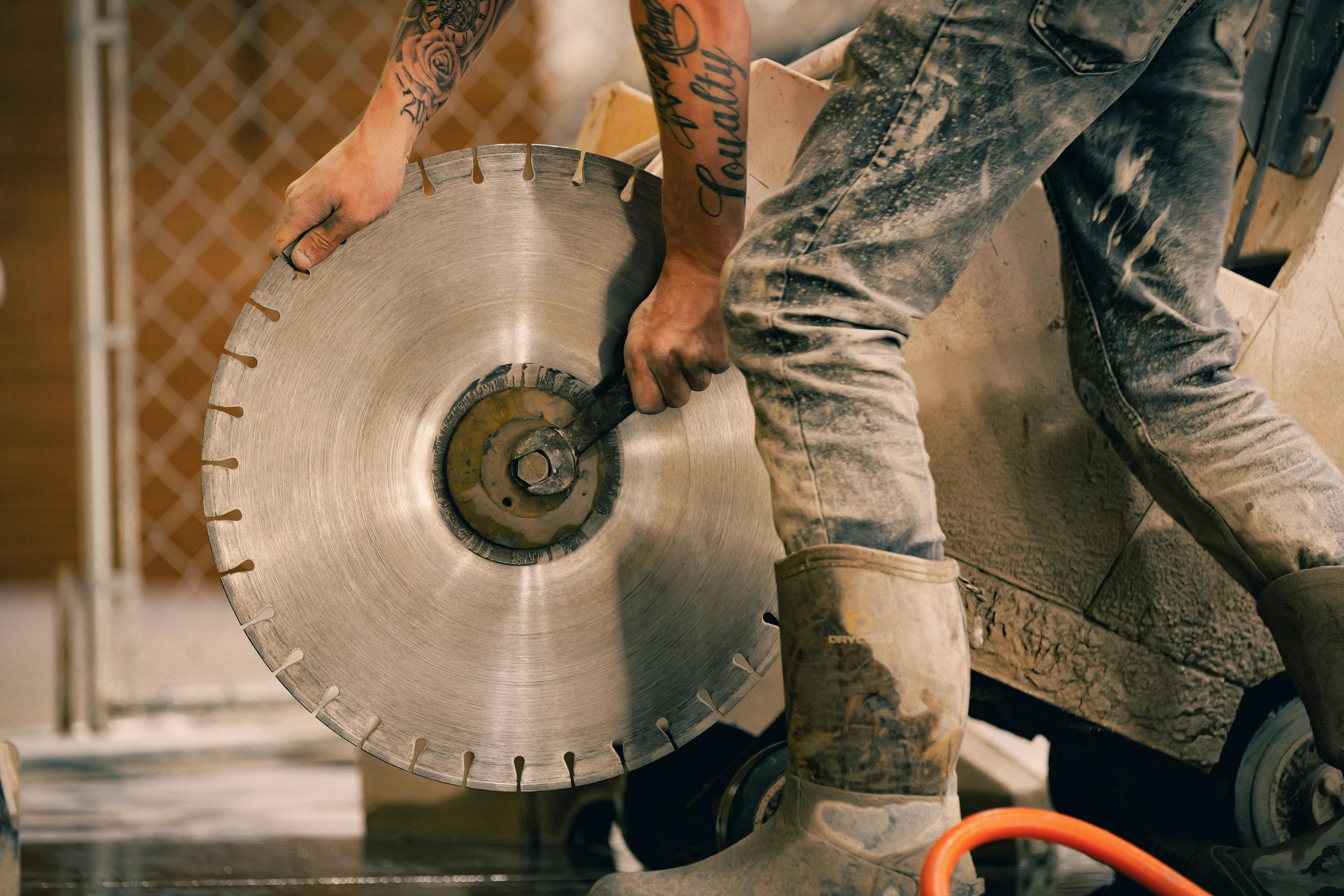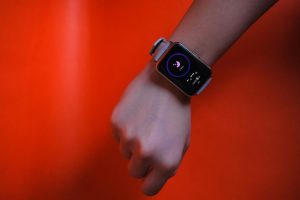AI-Enhanced Exoskeletons: Wearable Strength for Workers
The human body is a marvel of engineering, with its ability to accomplish a wide range of physically demanding tasks. However, as working conditions become increasingly strenuous, many workers are unable to keep pace with the physical demands placed on them. This has led to a rise in work-related injuries and accidents, resulting in lost productivity and high healthcare costs for employers. But what if there was a way to enhance the strength and endurance of workers, reducing the risk of injury and improving overall efficiency? This is where AI-enhanced exoskeletons come in – wearable technology that can augment the human body, allowing workers to perform their tasks with ease and precision. In this article, we will explore the world of AI-enhanced exoskeletons and their potential to provide wearable strength for workers.
The Rise of AI-Enhanced Exoskeletons
Exoskeleton technology has been around for some time, primarily used in the medical field to assist with rehabilitation and mobility for people with disabilities. However, recent advancements in artificial intelligence (AI) have taken this technology to a whole new level. AI-enhanced exoskeletons are specifically designed to supplement the capabilities of the human body, providing wearers with enhanced strength and endurance without causing any strain or discomfort.
The Benefits of AI-Enhanced Exoskeletons for Workers
1. Increased Efficiency and Productivity
One of the biggest benefits of AI-enhanced exoskeletons for workers is the ability to increase efficiency and productivity. With this technology, workers are able to perform tasks with greater ease and precision, allowing them to complete more work in less time. This is especially significant in physically demanding industries such as construction, manufacturing, and logistics, where workers are required to lift heavy objects or perform repetitive tasks for extended periods.
2. Reduced Risk of Injury
The incorporation of AI into exoskeleton technology has also significantly reduced the risk of work-related injuries. By assisting with heavy lifting and repetitive movements, exoskeletons can prevent strain and overexertion, which are leading causes of workplace injuries. This not only protects workers from harm but also reduces healthcare costs and lost workdays for employers.
3. Enhanced Comfort and Ergonomics
AI-enhanced exoskeletons are designed to mimic the movements of the human body, providing a more natural and comfortable experience for wearers. They are also highly adjustable, making them suitable for workers of different sizes and physical abilities. By promoting proper posture and reducing strain on the body, exoskeletons can also improve overall ergonomics in the workplace.
The Future of AI-Enhanced Exoskeletons
AI-enhanced exoskeletons are still a relatively new technology, but their potential for transforming the workplace is immense. As AI continues to advance, we can expect to see more sophisticated and versatile exoskeletons that are capable of handling a wide range of tasks. This will not only improve the safety and efficiency of workers but also pave the way for more complex and challenging jobs to be performed with ease.
Conclusion
The incorporation of AI into exoskeleton technology has revolutionized the way we think about workplace safety and productivity. With the ability to enhance the strength and endurance of workers, AI-enhanced exoskeletons offer a promising solution to the physical demands of modern-day jobs. As this technology continues to evolve, we can expect to see a significant improvement in the overall well-being and efficiency of workers in a variety of industries.











